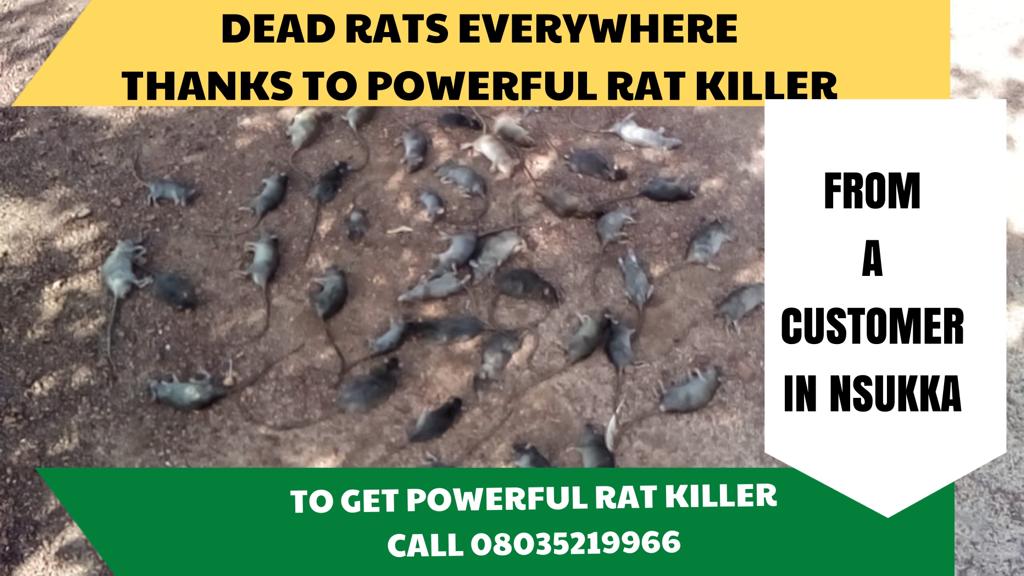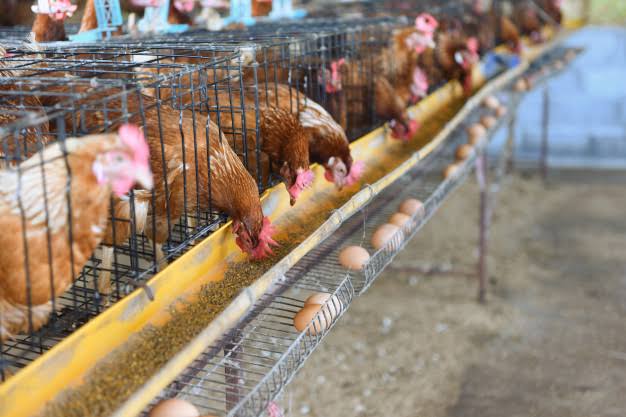 GET THIS NOW: AUTOMATED INCOME MACHINE
GET THIS NOW: AUTOMATED INCOME MACHINE
How to Prevent Decline in Egg Quality Late Egg Production (Two)
3. Reasonable Allocation of Feed Diet Nutrition Level
3.1 Energy and protein management
 Learn More
Learn MoreLaying hens can adjust their feed intake according to the energy level of the diet. When the diet energy is high, the feed intake is reduced, which reduces the calcium and protein intake. Too little energy will affect the deposition of calcium by laying hens, resulting in an increase in the proportion of soft-shell eggs.
At present, the common energy problem of feed is that the energy of the commercial feed is too low, which leads to the high feed intake of the chickens. On the one hand, it causes low absorption of calcium and phosphorus and other nutrients. On the other hand, it causes too much protein intake and leads to excessive eggs. As a result, the quality of the eggs is affected, so the production performance of laying hens, body weight of hens, egg weight, feed intake, and the ratio of energy to protein should be weighed and considered in the formulation of layer diets.
Invest in this knowledge-packed ebook promptly.  39 fundamentals for poultry broiler production management
39 fundamentals for poultry broiler production management
3.2 Management of calcium and phosphorus
Calcium is the main raw material for the formation of eggshells, and each egg contains approximately 2.3g of calcium. Insufficient calcium content in the feed will cause soft-shell eggs and broken-shell eggs. Severe laying hens will have cramps, rapid reduction of serum calcium, and osteoporosis; excessive calcium content (> 4.5%) will affect the palatability of the chicken, and interfere with the
READ ALSO Tips for When and How to Debeak Chickens
absorption of phosphorus. At the same time, there are quality problems such as chalky precipitation in the eggshell, roughness at both ends, etc. When preparing the diet, we must pay attention to the quality of the calcium source, especially when purchasing stone powder. We must pay attention to the calcium content.

Phosphorus is the main regulator of eggshell formation. The eggshell contains only 0.116% phosphorus, but it determines the elasticity and toughness of the eggshell. If both are too high and too low in phosphorus in the feed this will lead to a drop in egg quality. The demand for phosphorus in laying hens decreases with increasing age. Too high phosphorus in the late laying period will also affect egg quality. The intake should be less than 0.8g.
3.3 Vitamin management
VD3 participates in the absorption of calcium and phosphorus in the body, regulates the metabolism of calcium and phosphorus in bone tissue, and promotes the normal secretion of calcium and phosphorus in the eggshell glands. The absorption of VD3 is inseparable from the participation of cholate. The lack of VD3 in the diet will soon show a drop in eggshell weight. In the absence of vitamin D3 in the diet, no results can be obtained by checking the full price feed, only conclusions can be drawn by checking the pre-mixed feed.
READ ALSO How to Prevent Decline in Egg Quality Late Egg Production (One)
VC is involved in the absorption and precipitation of calcium in the eggshell glands. Under normal circumstances, the body can synthesize the required VC without additional addition, but under high temperature stress the body’s ability to synthesize VC cannot meet the needs and will drop significantly. According to reports, adding 200 mg/kg VC to layer diets during heat stress can significantly improve eggshell quality and egg production rate.
3.4 Trace element management
Trace elements manganese and magnesium are necessary trace elements for eggshell formation. They are involved in the formation of acid mucopolysaccharides, which are the matrix for calcification of eggshells. The synthesis of eggshell acid mucopolysaccharides is related to the strength of eggshells. Insufficient manganese intake will reduce egg production and hatchability, and the eggshell will become thin and scarred.
Purchase this compelling ebook instantly. 
 33 fundamentals for poultry layer production management
33 fundamentals for poultry layer production management
The content of manganese in the diet should be 55-60 mg/kg. When the content is too low (<7 mg/kg), regardless of the calcium and phosphorus content in the diet, it will cause the quality of the eggshell to decline.
Magnesium deficiency in the diet will cause the eggshell thickness and strength to decrease. Generally, the magnesium content in the diet can meet the production needs of laying hens when the magnesium content in the diet is too high (> 3500 mg/kg). This will cause the eggshell to become thinner.
ATTENTION: Click “HERE” to join our WhatsApp group and receive More updates directly on your WhatsApp!
4. Effect of Layer Age on Egg Quality
As the age increases, the egg quality of hens gradually declines. On the one hand, as the age of the hens increases, the size of the eggs gradually increases, but the increase in the weight of the eggshell is much smaller than the increase in the weight of the eggs. As a result, calcium, phosphorus, and other absorption deposits are relatively insufficient.
On the other hand, as the age increases, the intestinal lipase, trypsin, chymotrypsin, amylase activity and bile acid secretion in the intestine also decreases, especially after 44 weeks as the rate of decline will accelerate. Therefore, adding bile acids, lipases, proteases, etc. to the diet in the late egg production period can improve the egg quality in the late egg production period.
To summarize, the egg quality in the late egg production period is a comprehensive and complex problem with many influencing factors. No matter which part is not done well, there may be egg quality problems. At the same time, the egg quality problems in the late egg production period must be done in advance to prevent and control poor results.















